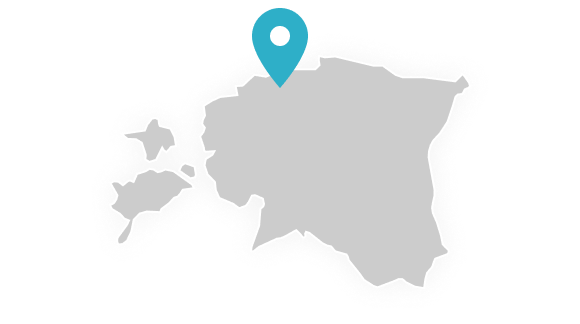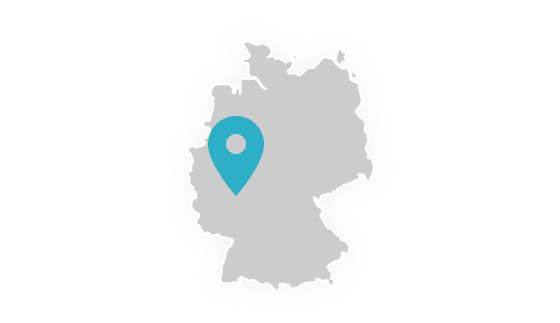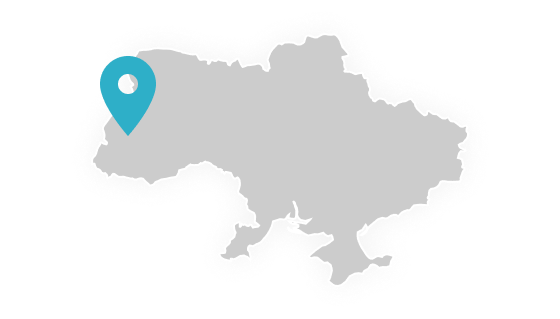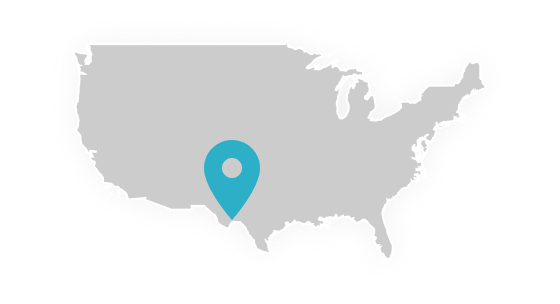Computer vision in healthcare is experiencing a period of popularity. Developers have a lot of ambitions, ranging from small startups to large transnational vendors and medical equipment manufacturers that offer various algorithms, services, etc. Creating solutions based on computer vision in healthcare opens up several new opportunities for medicine.
WHAT IS COMPUTER VISION?
Computer vision (CV) is a field of artificial intelligence related to image and video analysis. It includes a set of methods that allow the computer to “see” and extract information from what it sees.
The systems consist of a photo or video camera and specialized software that identifies and classifies objects. They can analyze images (photos, videos, barcodes), as well as faces and emotions.
Machine learning technologies are used to teach a computer to “see”. A lot of data is collected that allows you to highlight features and combinations of features for further identification of similar objects.
ARTIFICIAL INTELLIGENCE IN COMPUTER VISION
Since modern processors have high computing power and it is pretty easy to use big data, artificial intelligence is used in machine vision.
The technology helps computers improve on their own experience through deep learning. It differs from the traditional approaches used in machine vision.
For example, AI analyzes images that standard programs cannot accurately and unambiguously characterize. So, artificial intelligence allows you to find technologies for medical applications.
COMPUTER VISION IN HEALTHCARE
Computer vision is becoming a helpful doctor’s assistant. The technology analyzes medical images such as x-rays, MRIs, and ultrasounds, helping to improve the accuracy of diagnosing diseases. For example, the Microsoft InnerEye project helps to quickly and accurately find tumors on MRI scans. California-based company Gauss Surgical has developed a system for making decisions about the need for blood transfusions: it analyzes blood loss by the fullness of surgical sponges during surgery or childbirth. The development also keeps a record of sponges so that the doctor does not accidentally forget them inside (this happens in one of 5.5 thousand operations, according to the company).
Without computer vision, robotic surgeons, who will soon enter many operating rooms, will not be able to “work.” The coronavirus epidemic has already become an impetus for the development of telemedicine. Here, recognition systems will help to carry out the primary diagnosis of certain diseases from photographs.
Neural network algorithms also help improve the quality of X-ray and CT images by removing unnecessary noise and distortion. This allows patients to spend less time in the device and reduce the radiation dose to 25% of the usual. In the future, AI-powered computers can completely replace CT and X-ray machines to receive high-quality images with a minimum radiation dose immediately. For the so-called LDCT screening, even 10% of the data from CT is sufficient.
EXAMPLES OF COMPUTER VISION IN MEDICINE
CANCER DETECTION
Computer vision technology is used in the medical industry to detect breast and skin cancer. Medical imaging analysis allows you to catch the slightest differences between images of malignant and benign tumors and diagnose magnetic resonance imaging (MRI) scan data and objects in images as malignant or benign.
MOTION ANALYSIS
Some neurological and musculoskeletal diseases can be detected using deep learning models and computer vision without physician analysis. Computer vision analyzes the movements of the patient’s body and helps doctors diagnose diseases with greater accuracy.
TUMOR DETECTION
Thanks to computer vision in medical imaging, brain tumors can be seen with MRI results. They are also often detected using deep neural networks. Tumor detection software that uses deep learning is critical to the medical industry because it can detect tumors with high accuracy, which helps doctors make a diagnosis. At the same time, new methods are constantly being developed to improve the accuracy of diagnoses.
IMAGE SEGMENTATION USING SCANNED IMAGES
The potential of computer vision in healthcare is enormous, and the possibilities of its application are countless. Medical diagnosis is largely based on studying various images, scans, and photographs. Analysis of ultrasound images, MRI, and CT is an integral part of the standard set of modern medicine. It is expected that computer vision technologies will not only simplify these processes but also learn how to prevent misdiagnosis and reduce treatment costs. It is worth clarifying that the purpose of computer vision is not to replace medical specialists but to facilitate their work and support decision-making.
AUTOMATION OF ROUTINE PROCESSES
In medicine, we are dealing with the automation of routine processes that do not require a doctor’s attention but require the triage of patients. In addition, machine learning and image analysis are actively used to automate manual markup.
This procedure takes a lot of time from the doctor, who could literally save lives at this time. Also, machine vision allows you to search for specific markers in analyzes and can be used as an assistant to an expert on the results of medical examinations designed in the form of images.
CONCLUSION
Computer vision in healthcare has a great future, although this tool is still being formed. Can AI ever replace a doctor? No, this will never happen, and there is no need to even dream about it. But real artificial intelligence will become an excellent assistant for a medical worker: it will help prevent errors and defects, automate routine operations, and speed up the provision of medical care. As a result, this will lead to not AI replacing the doctor, but the doctor using AI will replace the doctor who does not use it. Insoftex has significant experience in developing computer vision solutions. Contact us to find out more.







